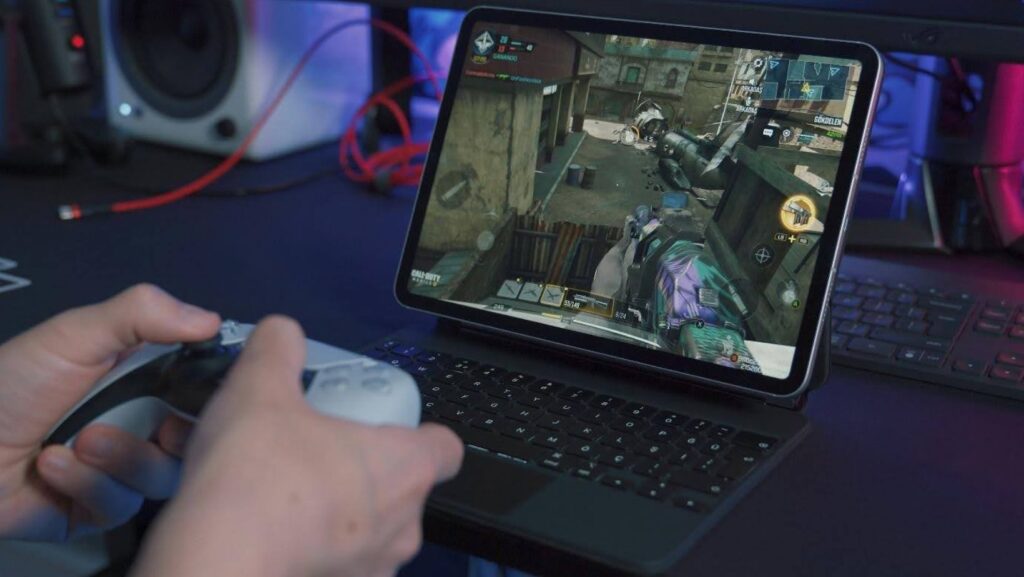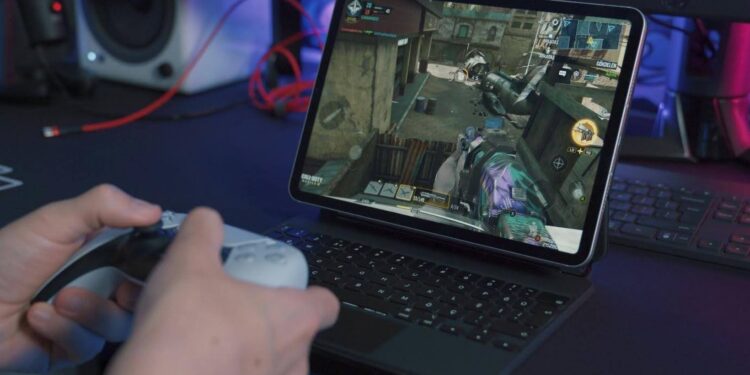As dedicated gamers, we often pride ourselves on understanding the mechanics, loops, and psychological tricks used in our favorite titles. We know why that daily quest keeps us logging into the MMO, or why the progress bar in an RPG is such a satisfying visual cue.
But the truth is, the world outside gaming has caught up. The same sophisticated design principles that make a Free-to-Play mobile game “sticky” are now being woven into everything from productivity apps to retail loyalty programs, creating powerful retention loops that turn mundane activities into personal “Level Grinds.” This phenomenon, known as Gamification, is rapidly becoming the dominant language of modern digital design.
What is Gamification, Really?
Gamification is the act of using established game elements—like points, badges, progress bars, and leaderboards—in contexts that are fundamentally not games. The key distinction is the intent. A game is designed for intrinsic enjoyment (fun). Gamification is designed for extrinsically motivated behavior—it’s a tool to influence user action, encouraging consistency and long-term loyalty to a product or service.
The effectiveness of these tactics lies in tapping into our core human drives: the desire for accomplishment, the fear of loss, and the need for status.
The Retention Loop Masterclass
To see these design principles at their most refined, we need to analyze how digital platforms engineer commitment. The focus is on User Interface (UI) design and retention mechanics, which are perfectly illustrated by apps that specialize in high-engagement, competitive digital spaces.
Here are a few game mechanics they borrow and perfect:
1. The Daily Login Streak (Loss Aversion)
This is arguably the most common and effective retention mechanic in mobile gaming. It works by creating a chain that users fear breaking.
- The Mechanic: Log in once a day for a small, escalating reward.
- The Psychology: It hinges on Loss Aversion. Once you hit a seven-day streak, missing day eight doesn’t just mean missing a single reward; it means losing all the effort invested in the seven-day chain. It’s a sunk cost, leveraged brilliantly to force habit formation.
- The Application: This exact daily countdown system is used across news aggregators, language learning software, and even highly transactional environments like online casino lobbies, to ensure users make that daily check-in. The goal is the habit, not the immediate transaction.
2. The Tiered Loyalty System (The Status Grind)
From MMO PvP rankings to Battle Pass tiers, gamers understand that Progression is a reward unto itself.
- The Mechanic: Users are sorted into visible, often metal-themed tiers (Bronze $\to$ Silver $\to$ Gold $\to$ Platinum) based on their activity.
- The Psychology: This taps into the desire for Status and Recognition. The visible progress bar and the prestigious-sounding tier name create a feeling of achievement that transcends the actual reward. Climbing the tiers is the Level Grind, providing a continuous, long-term objective.
- The Application: Organizations ranging from airline programs to professional social networks deploy sophisticated VIP systems built entirely on this tiered leveling concept. You are striving to “Level up to Gold Status,” a powerful social status identifier that validates your dedication, just like an achievement badge in a game.
3. Hyper-Visual Reward Feedback (The Dopamine Hit)
In gaming, rewards are often signaled by an exciting animation, a jingle, or a giant text popup. Non-gaming apps copy this spectacle.

- The Mechanic: Rewards are delivered with bright, saturated colors, flashing lights, unique sound effects, and full-screen animations.
- The Psychology: This triggers a concentrated burst of Dopamine, the brain’s “feel-good” chemical, immediately reinforcing the positive behavior. It makes the simple act of clicking a button feel meaningful and celebratory.
- The Application: The UI design of apps designed for constant, intense positive feedback, such as high-frequency trading platforms or competitive social media, is maximalist. Every minor interaction is accompanied by graphics and sounds engineered to mimic the feeling of a jackpot, regardless of the size of the underlying reward.
The Gamer’s Advantage
As gamers, recognizing these “hidden level grinds” in the non-gaming world gives us an edge. We are the experts in game design psychology.
By understanding that our finance app’s badges or a retailer’s “exclusive tiers” are simply extrinsically motivated quests, we can choose to engage with these systems on our own terms. We can appreciate the design, but refuse to be passively manipulated by the lure of a digital badge.
The world is becoming a game, and knowing the rulebook is the first step to mastering it.


